We have joined the global network of sci-tech innovation and played an active role in coping with major challenges facing humanity.
- Xi Jinping
China has the largest amount of scientific and technological talents in the world, is steadily improving its capacity for independent innovation, and is seeing a consistent stream of major scientific and technological breakthroughs. Scientific and technological progress now contributes to over 60 percent of China's GDP growth.
Here are some remarkable achievements from 2021 that are driving the development of science and technology in the country.
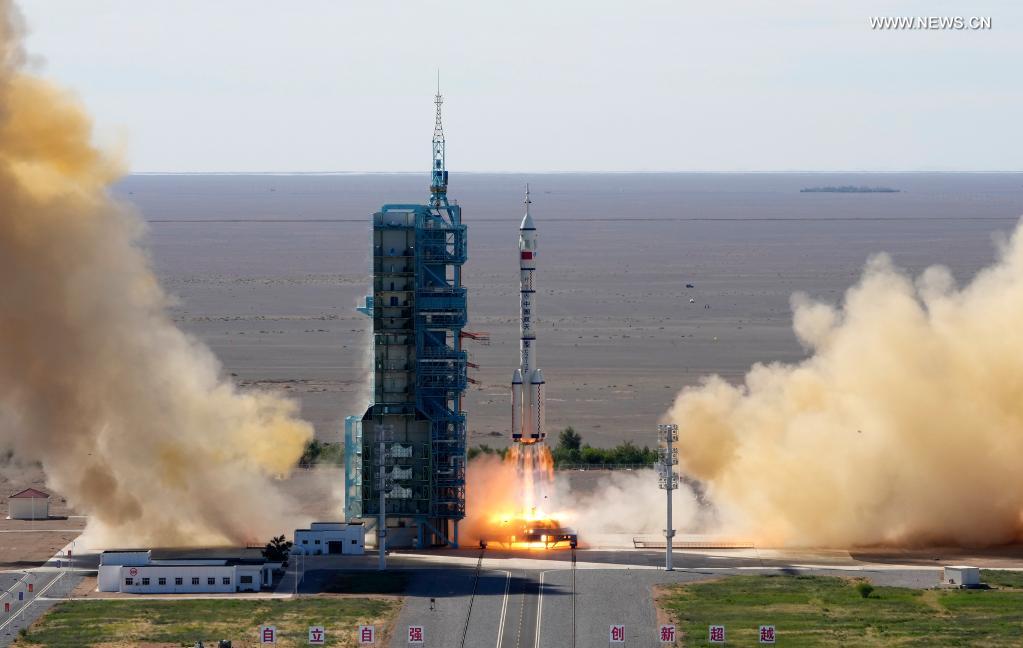
The crewed spacecraft Shenzhou-12, atop a Long March-2F carrier rocket, is launched from Jiuquan Satellite Launch Center in northwest China's Gobi Desert, June 17, 2021. /Xinhua
The crewed spacecraft Shenzhou-12, atop a Long March-2F carrier rocket, is launched from Jiuquan Satellite Launch Center in northwest China's Gobi Desert, June 17, 2021. /Xinhua
China launched the crewed spacecraft Shenzhou-12 on June 17. It was China's seventh crewed mission to space, the first during the construction of China's space station and also the first in nearly five years since the country's last manned mission.
The three astronauts are expected to set a new record for China's manned space mission duration, exceeding the 33 days kept by the Shenzhou-11 crew in 2016.
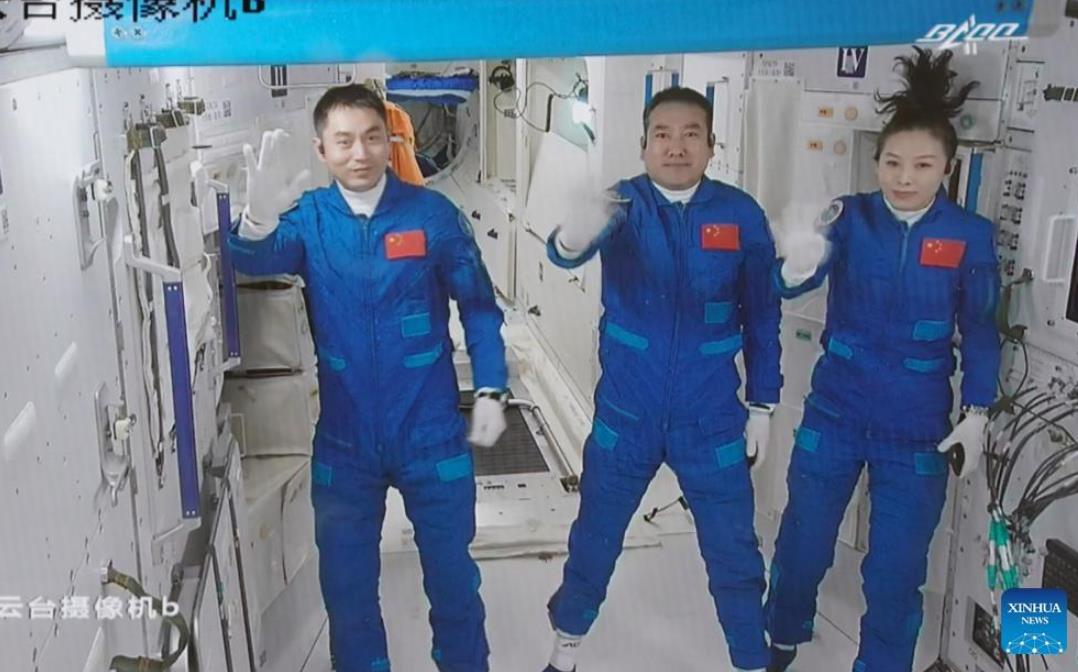
Screen image captured at Beijing Aerospace Control Center in Beijing, capital of China, on October 16, 2021 shows three Chinese astronauts, Zhai Zhigang (C), Wang Yaping (R) and Ye Guangfu, waving after entering the space station core module Tianhe. /Xinhua
Screen image captured at Beijing Aerospace Control Center in Beijing, capital of China, on October 16, 2021 shows three Chinese astronauts, Zhai Zhigang (C), Wang Yaping (R) and Ye Guangfu, waving after entering the space station core module Tianhe. /Xinhua
China on October 16 launched the crewed spaceship Shenzhou-13, sending three astronauts to its space station core module Tianhe for a six-month mission. It is the 21st flight mission since the country's manned space program was approved and initiated, and the second crewed mission for China's space station project.
The three astronauts set a new record for China's manned space mission duration, exceeding the three months set by the Shenzhou-12 crew from June to September this year.
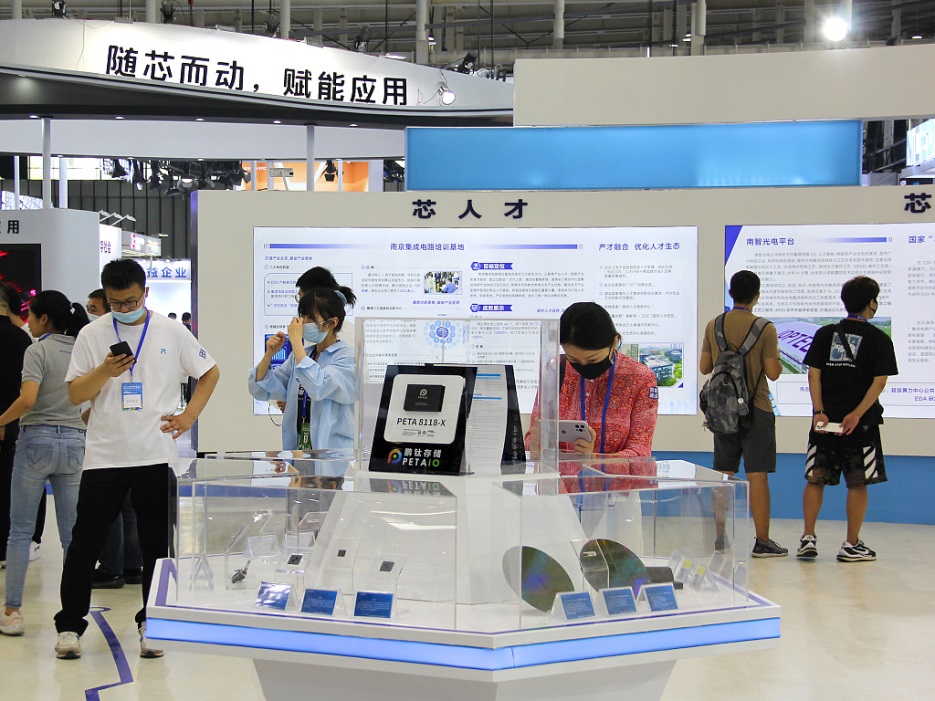
The World Semiconductor Conference & Nanjing International Semiconductor Expo, opens in Nanjing, capital of east China's Jiangsu Province, June 9, 2021. /VCG
The World Semiconductor Conference & Nanjing International Semiconductor Expo, opens in Nanjing, capital of east China's Jiangsu Province, June 9, 2021. /VCG
The development of China's domestic chipmaking industry is looking promising as advanced 28 and 14 nanometer (nm) processes are expected to enter mass production by the end of 2021 and 2022, respectively.
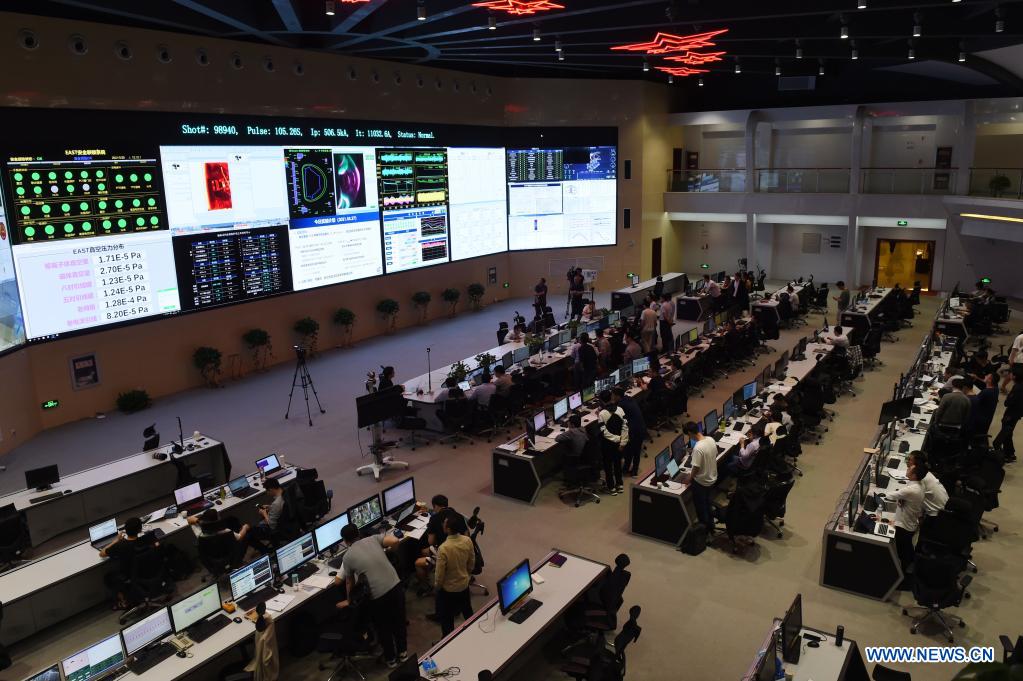
The control center of the experimental advanced superconducting tokamak (EAST), or the "Chinese artificial sun," May 28, 2021. /Xinhua
The control center of the experimental advanced superconducting tokamak (EAST), or the "Chinese artificial sun," May 28, 2021. /Xinhua
Chinese scientists set a new world record by achieving a plasma temperature of 120 million degrees Celsius for 101 seconds in an experiment in May, a key step toward the test running of a fusion reactor.

A maglev train prototype in Chengdu, southwest China's Sichuan Province, January 12, 2021. /Xinhua
A maglev train prototype in Chengdu, southwest China's Sichuan Province, January 12, 2021. /Xinhua
A prototype locomotive using high-temperature superconducting (HTS) maglev technology was rolled out in southwest China's city of Chengdu. The domestically developed maglev train boasts a designed speed of 620 kph and is the first of its kind.
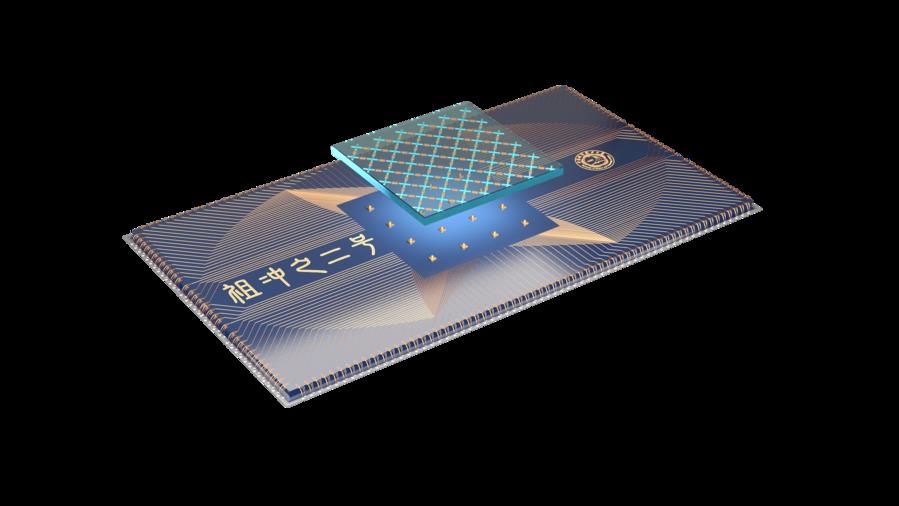
The "Zuchongzhi 2.1" quantum processor, October 26, 2021. /Xinhua
The "Zuchongzhi 2.1" quantum processor, October 26, 2021. /Xinhua
A Chinese research team successfully designed a 66-qubit programmable superconducting quantum computing system named "Zuchongzhi 2.1," significantly enhancing the quantum computational advantage and making China the first country to achieve a quantum computational advantage in two mainstream technical routes.

Pan Jianwei at a lab in the University of Science and Technology of China in Hefei, capital of east China's Anhui Province. /Xinhua
Pan Jianwei at a lab in the University of Science and Technology of China in Hefei, capital of east China's Anhui Province. /Xinhua
Chinese scientists have achieved twin-field quantum key distribution (TF-QKD) through a 511-km optical fiber linking two distant metropolitan areas, proving the technical feasibility in a practical environment and paving the way towards a long-haul fiber quantum network.
Led by Pan Jianwei from the University of Science and Technology of China, the field test was conducted through a channel between Qingdao and Jinan in east China's Shandong Province.
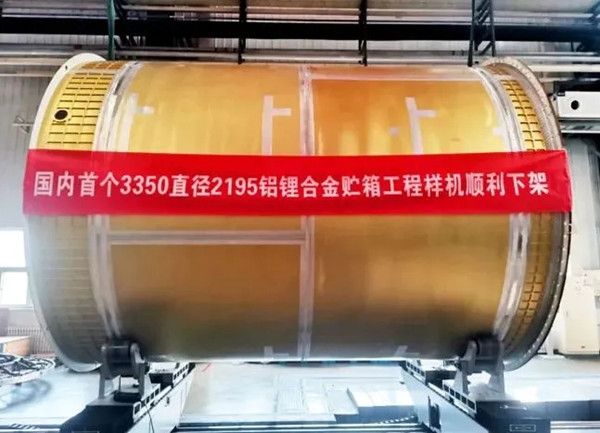
The engineering prototype of the 3.35-meter-in-diameter tank made of third generation high-performance aluminum lithium alloy. /State-owned Assets Supervision and Administration Commission of China's State Council
The engineering prototype of the 3.35-meter-in-diameter tank made of third generation high-performance aluminum lithium alloy. /State-owned Assets Supervision and Administration Commission of China's State Council
In February, China's first 3.35-meter-diameter rocket long-tube storage tank was launched. It has passed various inspections and strength tests, and is basically qualified for engineering applications. China completed its first principled sample machine of a 3.35-meter-in-diameter rocket tank made of composite material on January 22.

